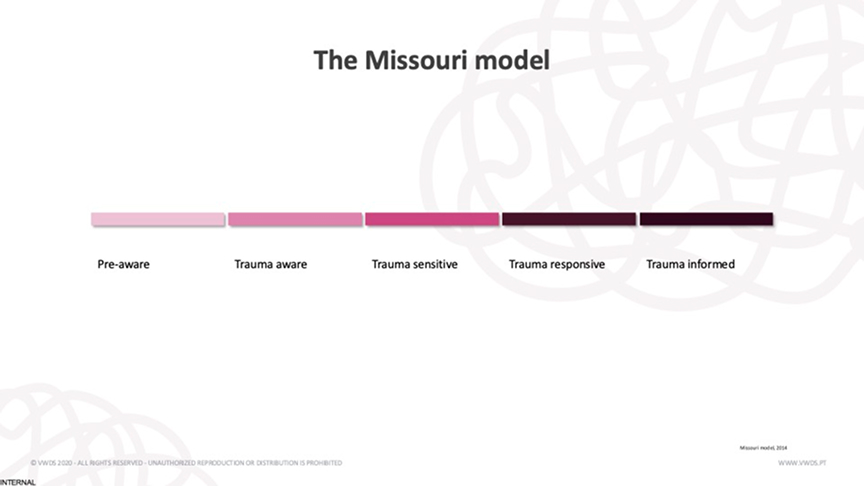When I first encountered trauma-informed design, I never expected it to become such a transformative lens for how I approach my work. However, as I explored it further, I began to see the profound impact these principles could have—not just in healthcare or social services, but also in corporate settings, where user well-being often intersects with business goals.
In corporate environments, where deadlines and KPIs frequently take precedence, it’s all too easy to overlook the human element of design. Trauma-informed design challenges us to rethink this dynamic, encouraging us to create products and processes that support—rather than unintentionally harm—the people who interact with them.


